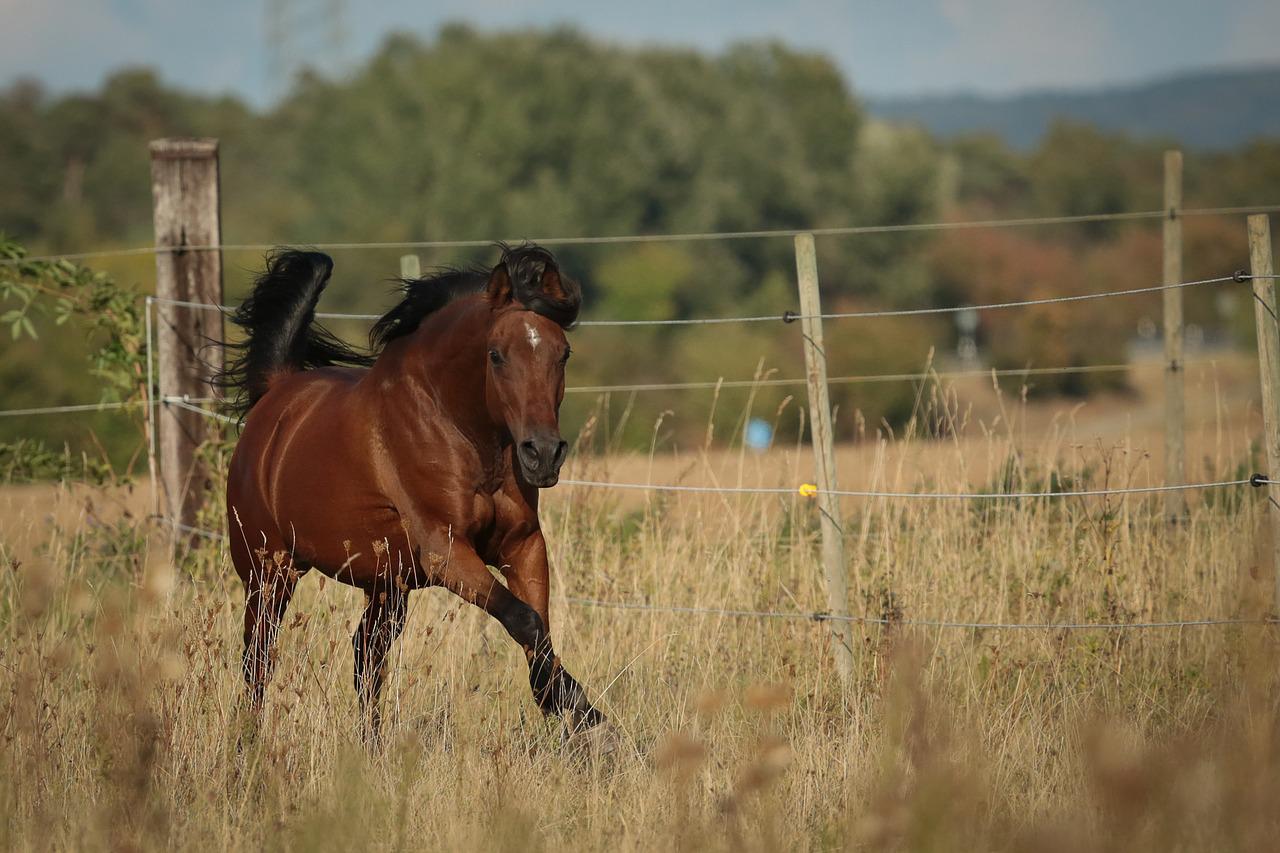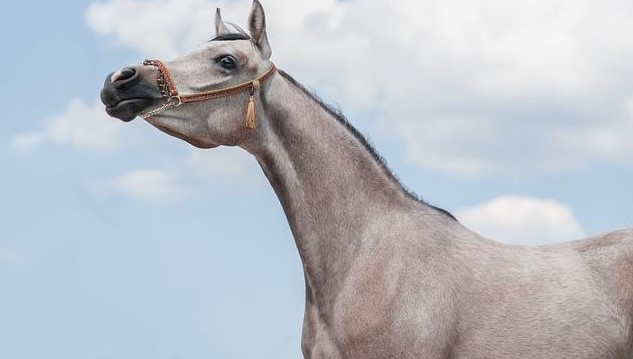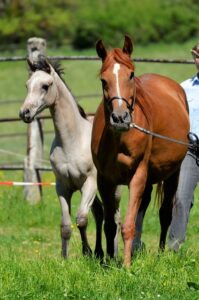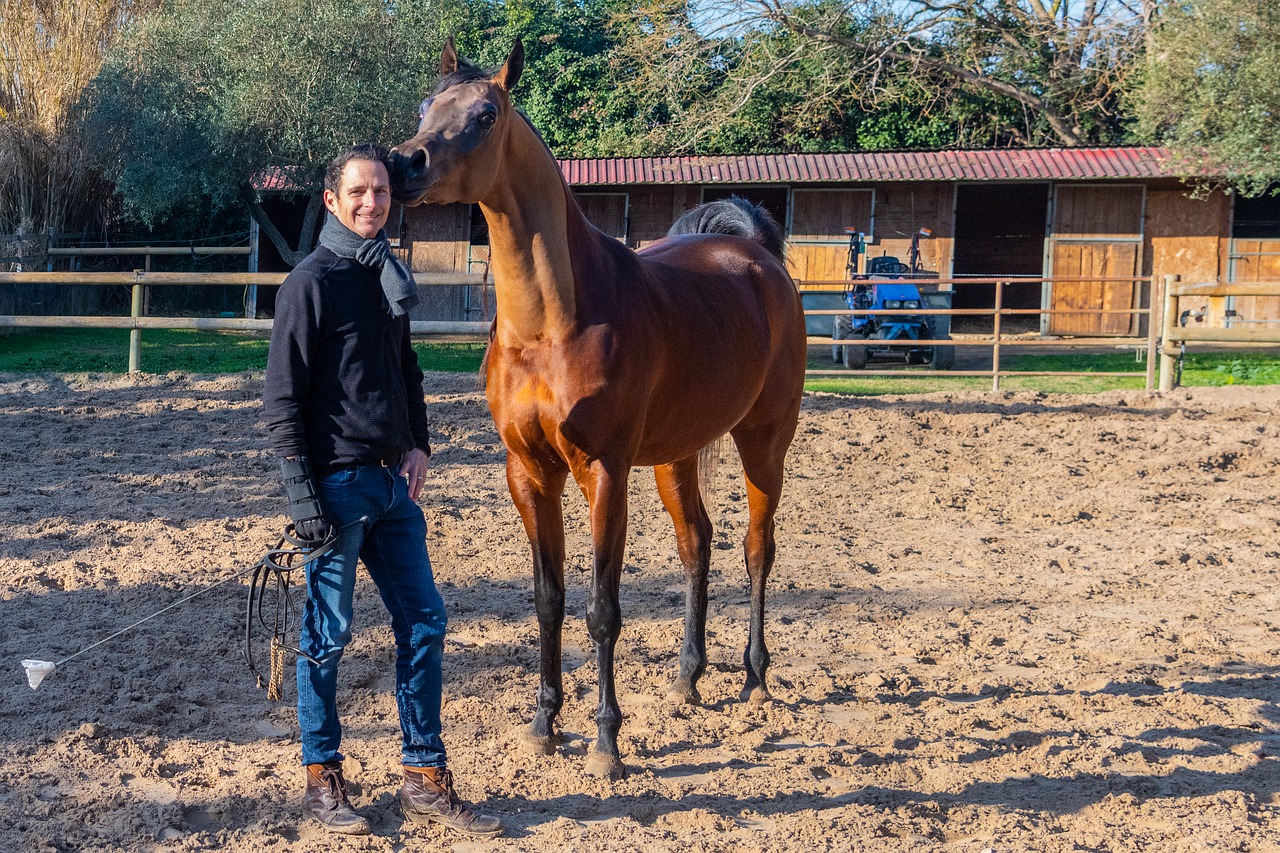
I’ve wanted to be a horse trainer since I was little. But what is the best way to become a good horse trainer? It’s not easy, but it’s definitely possible. Here are some tips that have helped me become a better horse trainer.
Never run away from a horse
If you have ever seen a horse running around, you may have wondered why they do that. Well, it’s not because they are happy to be free and running around. In fact, most of the time when horses run away from people or objects it is because they are scared and trying to escape something or someone. Running away from a horse will only make them more scared and aggressive. Instead of trying to run away from your horse, give them space and let them calm down before approaching them again.
Don’t turn your back on a horse, they have no idea you are trying to protect them
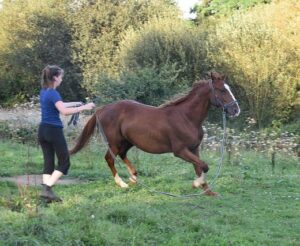
Don’t make sudden movements around a horse, especially if it is eating or drinking. Believe me, I know from experience that the last thing that a horse wants to do is get up and run away from you when you are trying to catch them!
Even though we love our horses dearly we would never want anything bad happen because of them being startled by something unexpected happening right next door during feeding time or worse yet while turning around after cleaning out stalls with one arm full of fresh hay bales ready for distribution among other things needed around here.
Understand the body language of horses, some are comfortable with you and some aren’t
When you’re riding a horse or working with a horse, you need to understand their body language. This way, you can tell if they are comfortable with what you are doing and if they are not. Horses that are uncomfortable will act differently than horses that are comfortable.
One way to tell if a horse is feeling stressed or uncomfortable is by looking at his ears. If one ear is pinned back and the other forward, this means he is feeling threatened by something or someone. If both ears go forward, it usually means he wants to get closer to whatever the source of danger might be.
Another sign of stress in a horse is when they raise their tail up high in what we call “flagging tails” because it looks like flags fluttering above them! When this happens it means something is making them nervous so be careful until there isn’t any more danger around before proceeding with whatever activity was planned for that day.
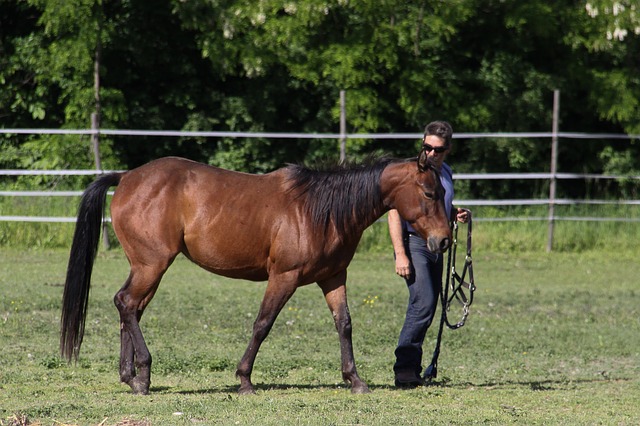
Never work with a young horse, they don’t know what to do yet
If you’re thinking about training a young horse, I have some advice. Don’t do it.
Young horses are unpredictable and often dangerous. They can hurt you and that’s just the beginning of the problems associated with working with horses when they’re still developing their personalities. If you want to train a young horse or pony yourself, find someone who has experience doing so too.

